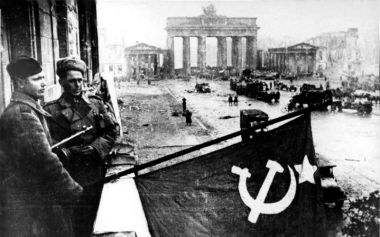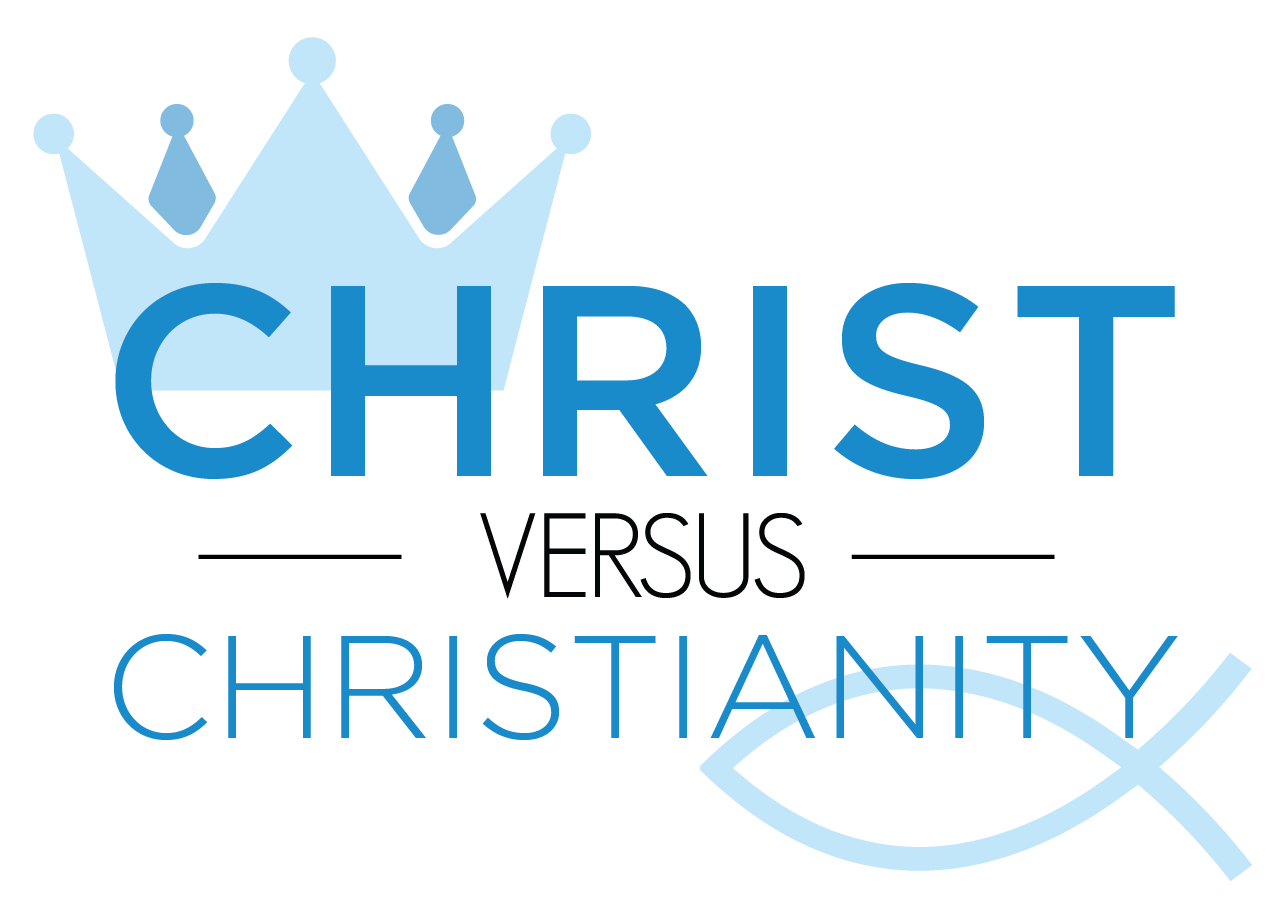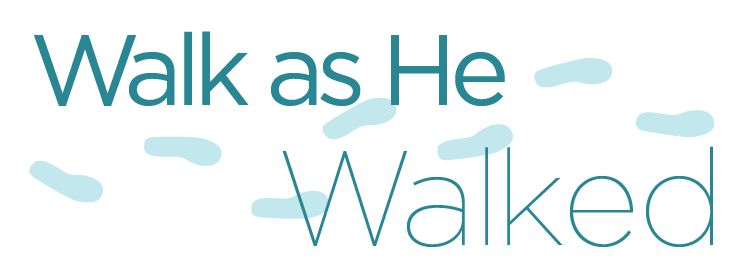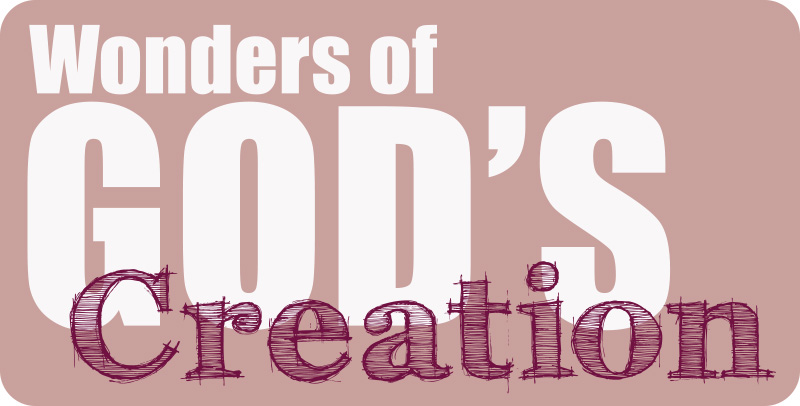
A Gateway of Good and Evil
Our trip to Berlin gave us a glimpse into mankind’s tendency to careen between good and evil.
My father had wanted to visit Berlin ever since he was a teen following, in the press, the progress of World War II. We planned a trip, and for three days we walked along the streets of central Berlin. He had researched so well that we could walk from one fascinating site to another without consulting a map.
Impressive in many ways
Berlin today is an impressive city of science and culture. Museum Island is one of the world’s finest centers of art and antiquities. The Pergamon Museum exhibits the Ishtar Gate from Nebuchadnezzar’s Babylon and the Altar of Zeus from Pergamum, both excavated by German archaeologists. Nearby is the hall of the Berlin Philharmonic Orchestra, one of the top three symphonies in the world.
But Berlin also bears the scars of its dark side. We contemplated the Bebelplatz, where Nazis infamously burned 20,000 books by Jewish and other banned authors. The location of Hitler’s underground bunker has been paved as a parking lot, to prevent any adulation of his evil. The location of Gestapo headquarters now holds a museum called the Topography of Terror.
We had lunch in the rooftop restaurant over the Reichstag, where we recalled photos of victorious Soviet soldiers raising the hammer and sickle over the rubble of a charred city.
A historic gateway
I was particularly struck by the history of the Brandenburg Gate. Finished in 1791 and patterned after the gateway to the Acropolis of Athens, the gate was intended by Prussian sovereign Friedrich Wilhelm II to represent peace and the flowering of culture. But only 15 years later, Napoleon I used the gate for a conqueror’s victory parade and carried the Quadriga (four horses pulling a chariot) from its top back to Paris as a prize. Eight years later, after Napoleon’s defeat, the Quadriga was snatched back to Berlin.
The Brandenburg Gate stands in the background as Soviet soldiers wave their flag after the Battle of Berlin in May of 1945.
When Hitler came to power, the gate became a symbol of the Nazi party, an evil that convulsed much of the world and caused the deaths of millions.
After the war, the battered monument stood in a no-man’s-land at the wall between East and West Berlin, again a symbol of division and confrontation. It was the backdrop for Ronald Reagan’s plea—“Mr. Gorbachev, tear down this wall!”—which contributed to reunification. Now it’s a symbol of a reunited Germany; what it may yet represent in the future, no one can say.
Traces of good and evil
There are traces of much good and much evil in this one city, even in one monument. The Brandenburg Gate was, I thought, symbolic of man’s way apart from God. It’s the path mankind has trod since Adam’s fateful decision in the Garden of Eden to disregard his Creator’s instructions and decide for himself what was good and what was evil.
The results have been a chaotic mix ever since: amazing technological and cultural advances, alongside almost unrelenting horrors, sadistic cruelty and callous disregard for the divine spark of human life.
And so it will continue until the day all humanity is again given the chance to choose obedience and life. This time mankind will choose wisely. Isaiah foresaw this time to come: “In that day a man will look to his Maker, and his eyes will have respect for the Holy One of Israel” (Isaiah 17:7).
Then we won’t have to suffer the evil with the good. We’ll be able to enjoy the good alone!
–Joel Meeker
@JoelMeeker



